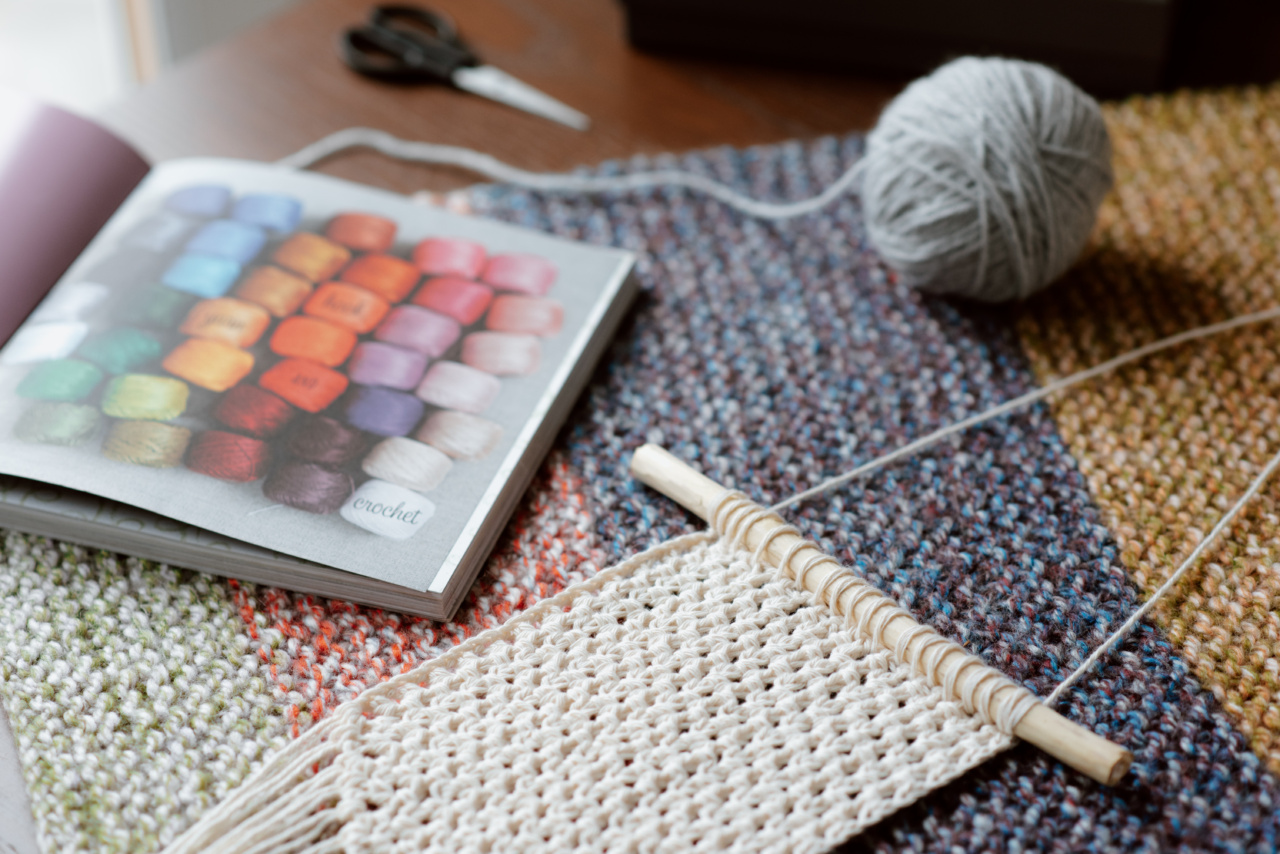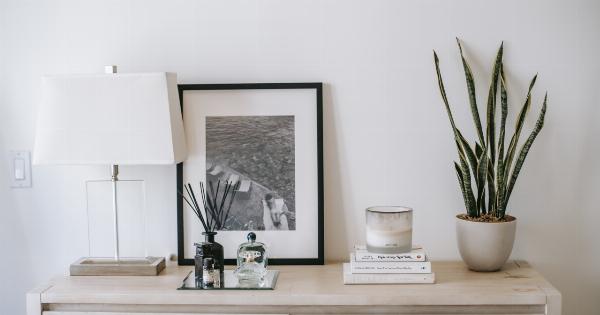When it comes to decorating our homes, it’s important to find the right balance between functionality and aesthetics.
While there are numerous ways to decorate a home, one striking approach is to highlight a lone decorative piece that becomes the focal point of the space. This technique not only adds personality and depth to the room but also allows for creative expression and individuality.
In this article, we will explore the concept of a lone decorative piece and offer some ideas on how to incorporate it into your home.
Why Choose a Lone Decorative Piece?
The decision to highlight a single decorative piece in your home can have several benefits. Firstly, it simplifies the decorating process by giving you a clear point of focus.
Instead of attempting to arrange various elements together, you can concentrate your efforts on creating a cohesive environment around one centerpiece.
Secondly, a lone decorative piece can make a strong statement, capturing the attention of anyone who enters the room. It serves as a conversation starter and adds a touch of intrigue and uniqueness to your home.
Lastly, investing in a single statement piece can be more cost-effective than purchasing multiple smaller decor items.
By choosing one quality piece that truly resonates with your style and taste, you can create a visually stunning space without breaking the bank.
Choosing the Perfect Lone Decorative Piece
When it comes to selecting the ideal lone decorative piece for your home, several factors should be considered. Here are a few things to keep in mind:.
1. Personal Taste and Style
Choose a piece that reflects your personal taste and style. Whether it’s an antique sculpture or a contemporary painting, the selected piece should resonate with you and complement your existing decor.
2. Size and Proportions
Consider the size and proportions of the room where the decorative piece will be placed. Ensure that the chosen item fits well within the space and doesn’t overwhelm the surroundings or get lost among other items.
3. Color Scheme
Take into account the color scheme of the room. The decorative piece should either match or contrast with the colors in the space to create a visually appealing effect.
4. Theme and Mood
Determine the theme and mood you want to establish in the room. Whether it’s a calming and serene atmosphere or a vibrant and energetic one, the chosen piece should contribute to creating the desired ambiance.
5. Material and Texture
Consider the material and texture of the decorative piece. It should be in harmony with the overall design aesthetic of the room. For instance, a wooden sculpture might add warmth and rustic charm, while a metal artwork can bring a modern and edgy feel.
Placement and Display Ideas
Now that you have chosen the perfect lone decorative piece for your home, it’s time to consider how to showcase it effectively. Here are some placement and display ideas:.
1. Center Stage on a Console Table
Place the decorative piece on a console table positioned against a focal point wall. This arrangement creates a visually pleasing display and draws attention to the unique item.
2. Wall-mounted Display
If you have a larger decorative piece, consider mounting it on the wall to create a stunning focal point. This works particularly well for sculptures or large artwork.
3. Bookshelf Accent
Add intrigue and visual interest to your bookshelf by placing the decorative piece in the middle of a shelf. This unexpected placement can break the monotony and add a touch of artistry.
4. Coffee Table Showcase
Create a captivating centerpiece on your coffee table by displaying the lone decorative piece. You can complement it with other smaller decor items such as candles or vases to enhance the overall look.
5. Showcase in an Empty Corner
Transform an empty corner of your room into a captivating display by placing the decorative piece there. This not only adds interest but also maximizes the use of space in your home.
Maintaining Balance
While highlighting a lone decorative piece can be a powerful design choice, it is essential to maintain a sense of balance in the overall room composition. Here are a few tips to help you achieve balance:.
1. Keep Surroundings Simple
Avoid cluttering the area around the decorative piece. Instead, choose minimalistic decor items that complement the focal point without overpowering it.
2. Ensure Visual Harmony
Consider the visual weight of the surrounding elements. Balance the lone decorative piece by incorporating other objects or furniture pieces that create a harmonious composition.
3. Scale and Proportions
Pay attention to the scale and proportions of the room. Ensure that the chosen decorative piece is in proportion to the surrounding furniture and decor.
4. Symmetry or Asymmetry
Decide whether you want to create a balanced symmetry or embrace an asymmetrical arrangement. Both approaches can work, depending on the style you wish to achieve.
Conclusion
Incorporating a lone decorative piece into your home can be a fantastic way to add personality and visual interest. By carefully choosing the right piece and considering its placement, you can transform any room into a captivating sanctuary.
Remember to maintain balance and harmony within the space to create a visually pleasing environment that truly reflects your style and taste.































